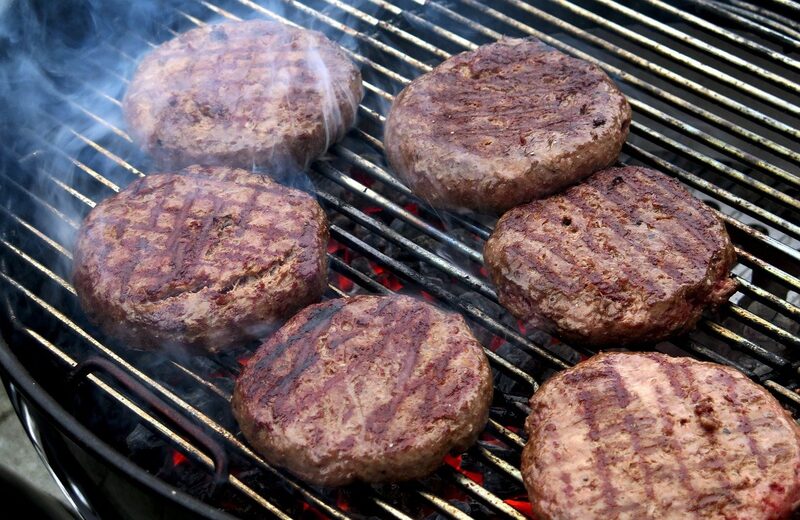Bloomberg — That hamburger you just ate may be more carbon-intensive than you think. Researchers have for the first time quantified rising greenhouse gas emissions embodied in the international trade of specific agricultural products like beef that results in deforestation.
Such “land-use emissions” account for about 25% of global greenhouse gas emissions and mostly occur in poorer countries that export food to the United States, Europe, China and other industrialized regions, according to a peer-reviewed paper published May 6 in the journal Science. “These land-use emissions are substantial enough to threaten international climate goals even if fossil fuel emissions are drastically reduced,” the paper stated.
Land-use emissions are those from agriculture production, such as the methane burped by grazing cattle, as well as greenhouse gases emitted from cutting down forests for agricultural purposes like creating pastures for livestock. The researchers found that three-quarters of emissions from international agriculture trade are from changes in land use. A model they created based on trade and agricultural data found that between 2004 and 2017, land-use emissions in international trade increased 14%.
“The land-use change problem needs to be front and center on our radar,” said Steven Davis, a co-author of the paper and an associate professor of Earth system science at the University of California at Irvine.
Davis and other scientists said wealthy nations are outsourcing land-use emissions to countries such as Brazil and Indonesia. “In places like the US or Europe, there’s very little land-use change going on for agriculture because we did our deforestation earlier in our history,” said Davis.
Timothy Seachinger, a senior research scholar at Princeton University and technical director of the World Resources Institute food program, studies agriculture land use and climate change. He said policies designed to lower greenhouse emissions from transportation in developed nations are increasing land-use emissions as woodlands are converted to grow crops for biofuels.
For instance, the European Union’s plan to reduce emissions at least 55% by 2030 relies in part on an expansion of biofuels. That, he said, would require conversion of a fifth of the EU’s agriculture land from food to fuel unless crops for biofuels are imported.
“Europe has offshored a lot of its land use for agriculture to other countries,” said Searchinger, who was not involved in the land-use emissions study. “We have massive rising demand for food and policymakers have added to that with bioenergy mandates.”
The paper sends an important message about the responsibility for land-use emissions, he added. “People think it’s just some kind of perverse activity by developing countries chopping down forests,” said Searchinger. “What’s driving this is for demand for products” in the US, Europe and China.
Davis and his colleagues determined that cereals and oil crops, such as soybean and palm oil, accounted for 45% to 55% of land-use emissions in international agriculture trade between 2004 and 2017. Cattle, pigs and other animals represented 14% to 19% of emissions while fruits and vegetables were responsible for less than 8%.
Searchinger said governments can lower land-use emissions by adopting policies to reduce reliance on biofuels and lower demand for meat. Imposing tariffs on products with high land-use emissions is another option, said Davis.
The opaqueness of food supply chains can make it difficult for consumers to avoid carbon-rich foods, said Davis. Palm oil, for instance, is a ubiquitous ingredient in many foods, from bread and margarine to cookies and ice cream, and its cultivation has resulted in widespread deforestation in Indonesia.
“If you pick up a box of brownie mix that has palm oil in it, it doesn’t say where the palm oil was grown,” he said. “People are somewhat fatigued by all the things they’re already trying to monitor with their consumption. It would be better to take a systematic approach to affect the price of goods” with high land-use emissions.




